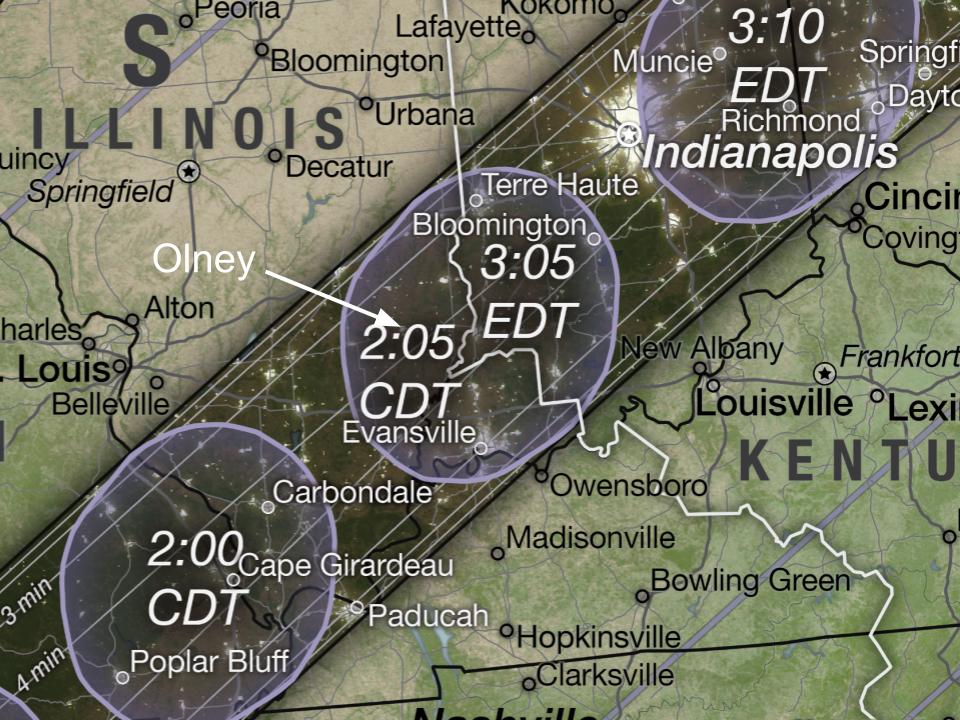What is an eclipse?
Learn all about solar eclipses, and how they differ from lunar eclipses, by visiting this website run by astrophysicist and eclipse predictor Fred Espenak.
What can you see during an eclipse?
The brightest part of the Sun is the photosphere. When the photosphere is totally covered by the Moon, we can see the corona– the outermost layer of the Sun's atmosphere. "Corona" is the Latin word for crown. Fun fact: coronaviruses were named because their appearance in a microscope resembled this part of an eclipse.
During an eclipse, you can see some unusual things happening:
- Watch the shadows get sharper as more of the Sun is covered.
- Watch the sky change color to a deeper blue than usual.
- When the Sun is more than 90% covered, Venus can be seen. You may also see Jupiter and some stars during totality.
How can I observe an eclipse?
Please use eclipse glasses that have an official ISO 12312-2 safety rating. You must use the glasses whenever the Sun isn’t totally covered, as a partial eclipse can permanently damage your vision.
The diamond ring effect at the very beginning and very end of the eclipse is a brief moment to watch a tiny fraction of the Sun’s photosphere with the corona, but it looks better as a photo, and it’s still direct sunlight. Don’t look too long.
You can also see the eclipse by using shadows and pinhole projections. You can make these with a shoebox, a colander, letting the sunlight passing through tree leaves, or even your fingers. Visit the links below to learn more about creating a safe eclipse viewer!
Where can I see the total eclipse?
Most of North America will experience a partial eclipse on April 8. The total eclipse will only last up to 4 minutes over any single location. This path of totality runs from Mazatlan, Mexico, through Dallas, Little Rock, Indianapolis, Toledo, Cleveland, Buffalo, and Montreal. Carbondale is in the path of totality again, but it also goes through Effingham and Terre Haute, which are much closer to Champaign.
This website will help you calculate the exact amount of totality for your location.
You want to get close to the center of the path so you get longer totality, and you also want to be where the clouds aren’t. It’s much more likely to be cloudy in Indiana than in Missouri.
Look at these maps to see the average cloud cover throughout North America on April 8.
The planetarium director is going with Parkland students and staff to join the Champaign–Urbana Astronomical Society in the town of Olney on April 8. It is due south from Champaign, about two hours away. We know it will take much longer to return to town that day, but the traffic may not be as bad as 2017 because people in Chicagoland are closer to totality in Indiana than to totality in southern Illinois.
 credit NASA's Scientific Visualization Studio
credit NASA's Scientific Visualization Studio
When is the next eclipse in the U.S.?
The Moon's shadow will pass over Alaska in 2033, over Montana and North Dakota in 2044, and go coast-to-coast in 2045. You can find a map of all of the 21st century eclipses on greatamericaneclipse.com.